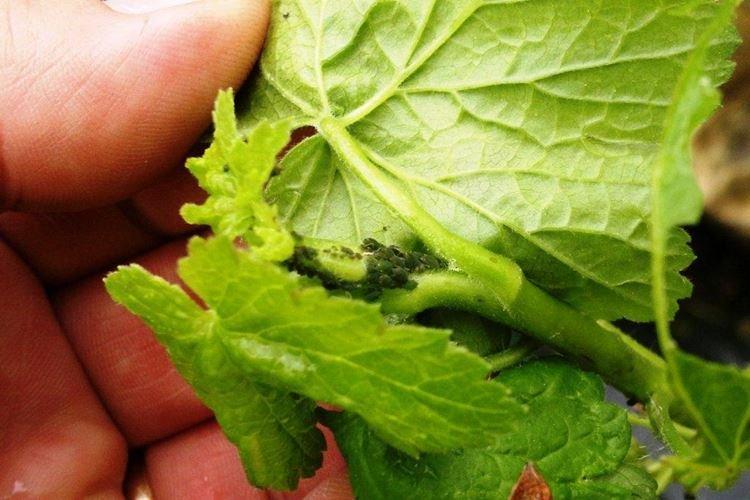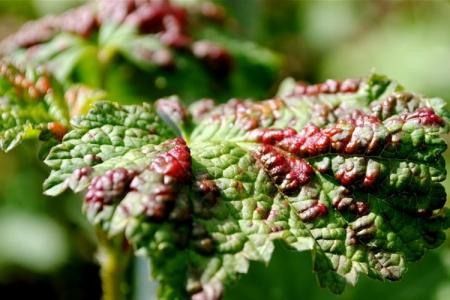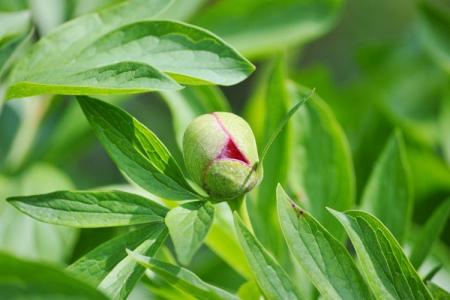
Aphids are not only a harmful parasite that draws out all the juices from currants, but also a carrier of dangerous infections. A fungus is far from the worst that a pest can bring. Incurable viruses can destroy an entire planting, ruin crops and spoil the soil for a couple of years. Therefore, it is so important to deal with aphids in a timely manner, and we are already ready to tell you how!
Aphids on currants: why is it dangerous?
Aphids feed on plant sap, which is why leaves and young shoots turn yellow and weaken. The currant's immunity falls, and it becomes more sensitive to any diseases. In this case, aphids multiply at an insane rate - from a few pieces to several thousand in a couple of weeks.
Because of the aphids, the flowers are poorly formed, bloom worse, and there are fewer of them. This naturally affects the fruiting of currants, and in the distant future - its readiness for winter. Aphid clutches winter safely on the plant and are activated with the arrival of heat - by May-June.
In addition to the fact that aphids carry infections, their waste products attract other pests. They are especially fond of ants, which have long been living with aphids in a mutually beneficial symbiosis.
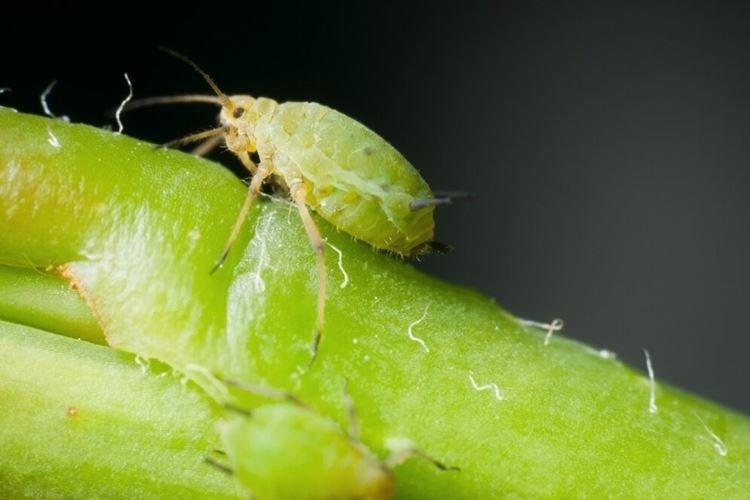
How to find aphids?
Aphids are very small, so you really need to look closely to spot them. There are different species, and they can be of different shades - but this is always a cluster of small parasites. First of all, they are collected from the back side of currant leaves, which is why they often curl downward.
When there are too many aphids, you may notice strange whitish fragments on the bushes. Aphids change their cover and thus discard the old one. The sticky sweet honeydew secreted by parasites also collects on leaves and buds. In later stages, the leaves dry out, the buds do not open, and the fruits do not form.
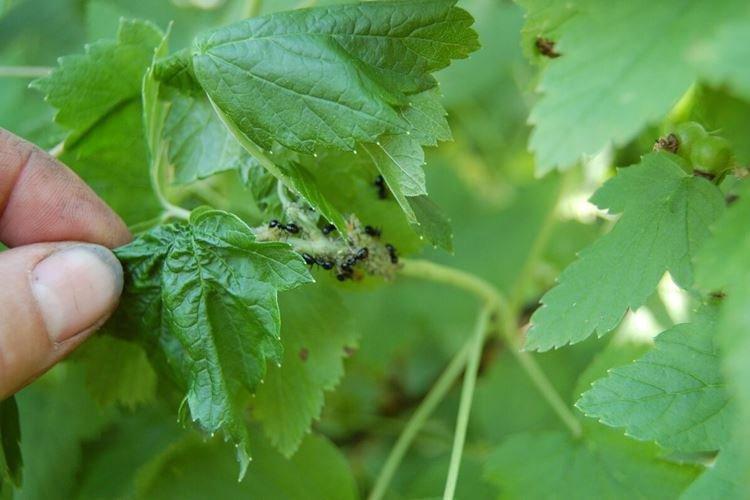
Folk remedies
There are no traps for aphids, because it is a very small and ubiquitous parasite. But this does not mean that you cannot do anything - there are quite effective folk methods!
- Remove the largest colonies mechanically - by hand with gloves or by water pressure from a hose. The main thing is not to damage the currants and accidentally wash off the aphids on the neighboring bushes;
- Liquid soap or even dish detergent is great for washing the leaves - a spoon per liter;
- To make any homemade solution more effective, add a spoonful of neem oil. It is a natural pesticide that effectively helps against aphids, flies, thrips;
- Dilute 100 g of grated tar soap in a bucket of water and use immediately for spraying. By the same principle, you can use laundry soap, but you need more - 300 g. You can add a spoonful of soda ash;
- Pass 5 garlic cloves through a press and mix into porridge with 2 tablespoons of vegetable oil. Leave the gruel for a day under the lid, add half a liter of water and a spoonful of liquid soap so that the oil dissolves better. Before spraying, dilute a few tablespoons of the infusion with water;
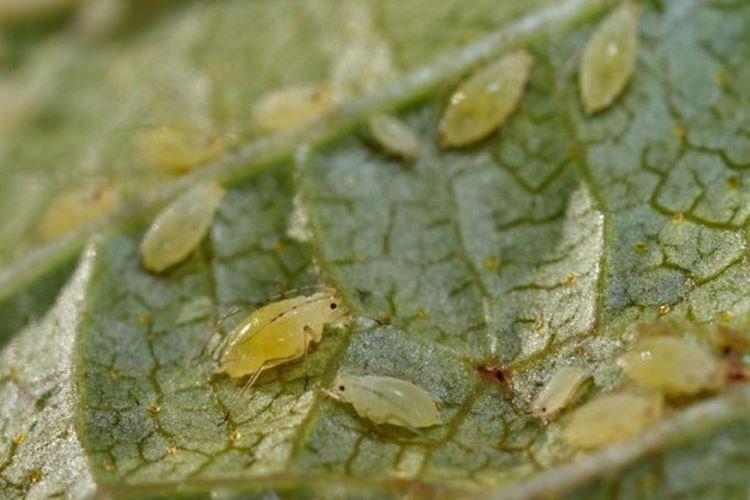
- Prepare an infusion from a liter of water and 50 g of chopped onion along with the husk. Add some laundry soap, strain and bring to volume. By the same principle, you can use other hot foods - hot pepper, horseradish;
- Boil 250 g of ash in a bucket of water for about half an hour, let it brew and add a drop of soap for consistency. Use a solution for washing currants from aphids;
- Chop 2 cups of tomato leaves, fill them with 2 cups of water and let it brew for 24 hours. Strain the mixture, dilute to a comfortable consistency, pour into a bottle and use to spray the leaves;
- Leave 200 g of dry tobacco leaves to infuse in a liter of water for two days. This is enough for 10 liters of solution for washing shrubs;
- Prepare an herbal infusion of crushed leaves and roots of chamomile, dandelions, marigolds or sorrel. You can use pine needles or potato tops. You need 200-400 g of grass per liter of water - and leave for 3-4 days;
- Pour 100 g of dry citrus peel with a liter of water for a day, boil, strain and dilute with a bucket of water.

Chemicals
Specialized chemicals, on the one hand, give better results, and on the other hand, they tend to accumulate in the tissues of the plant. Therefore, we recommend using insecticides only as a last resort if simpler methods do not help.
By the way, industrial preparations can also be organic - based on pyrethrins, vegetable oils or fatty acids. More drastic measures are often unnecessary because the aphid shell is very soft. Even ordinary soap can destroy it quite effectively.

Other methods of dealing with aphids on currants
A good way to reduce the risks of aphids in your garden is to attract their natural enemies. It is eagerly eaten by small birds - tits, bloodworms, linnet. And also wasps, ladybugs and lacewings, the larvae of which are even sold on purpose.
Beneficial insects are attracted by green manures and aromatic herbs, and in some cases also by nettles. And aphids are scared away by Dalmatian chamomile, garlic and onions, which can be planted in the aisles. At the same time, avoid the proximity of currants with linden, viburnum, mallow, cosmea and nasturtium.
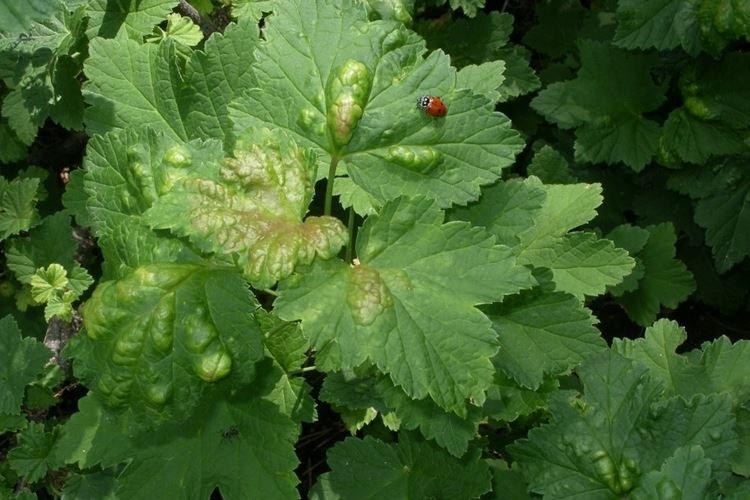
Prevention against aphids
First of all, aphids appear on young shoots, because they are not able to gnaw through the bark. Therefore, treat young branches and leaves especially carefully.
- Periodically you can rinse the plantings with water with essential oils of thyme, tea tree or lavender;
- Regularly carry out preventive spraying of currants according to the calendar. But do not overuse, because even organic herbal solutions in high concentration are detrimental to young shoots;
- Carry out the first treatment even before bud break, and at the same time start preventive measures against ants;
- During budding, do not use chemical and aggressive preparations that can scare away bees;
- In the fall, be sure to remove all plant debris and whitewash the shrubs with a lime solution with copper sulfate.
